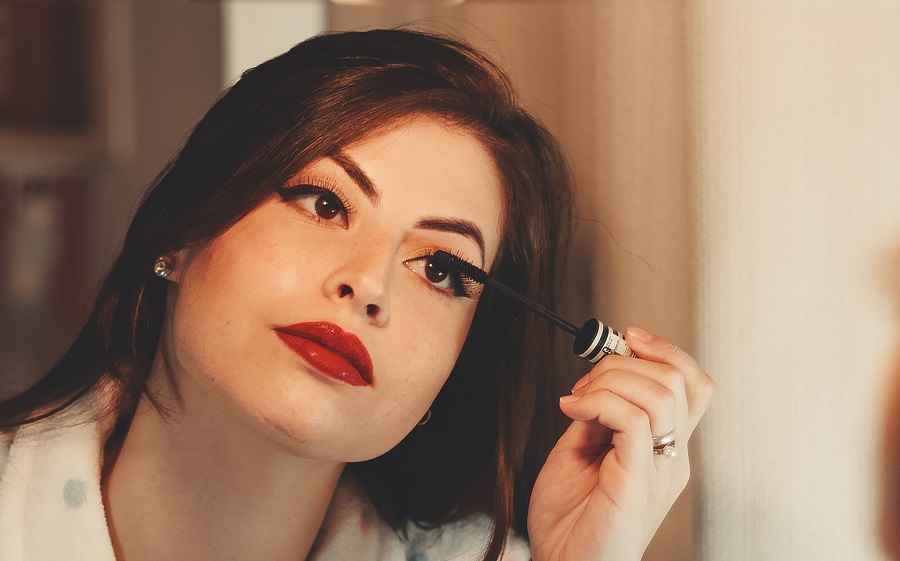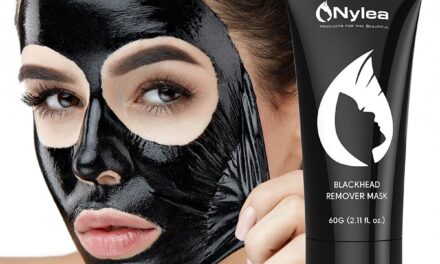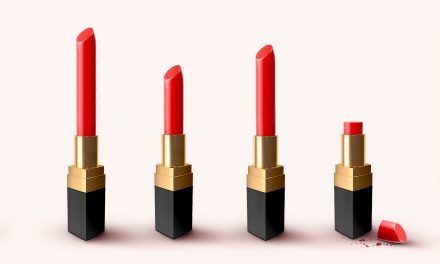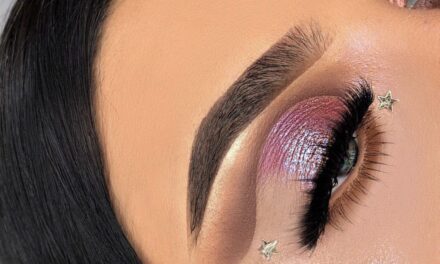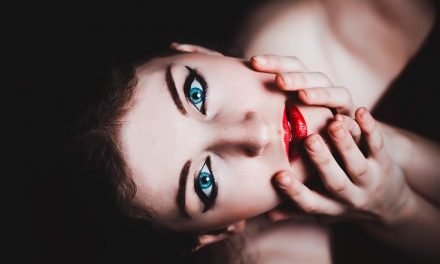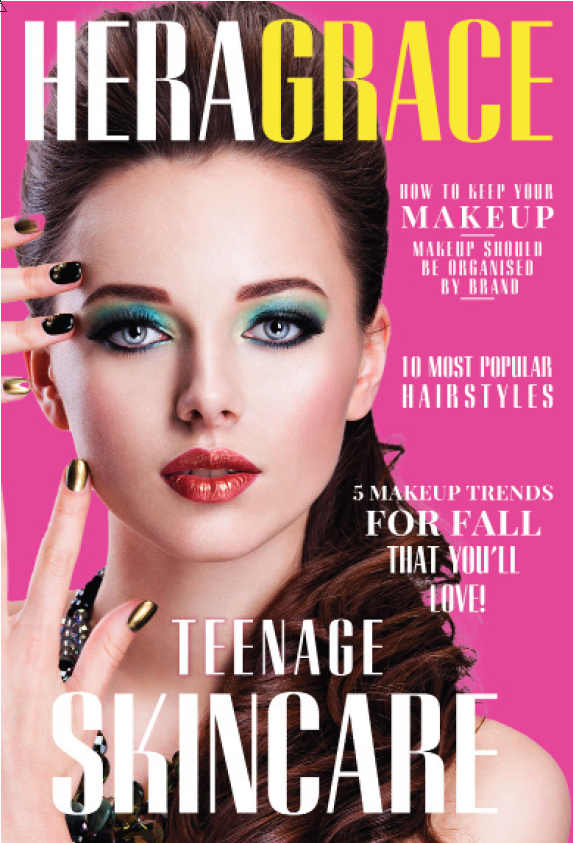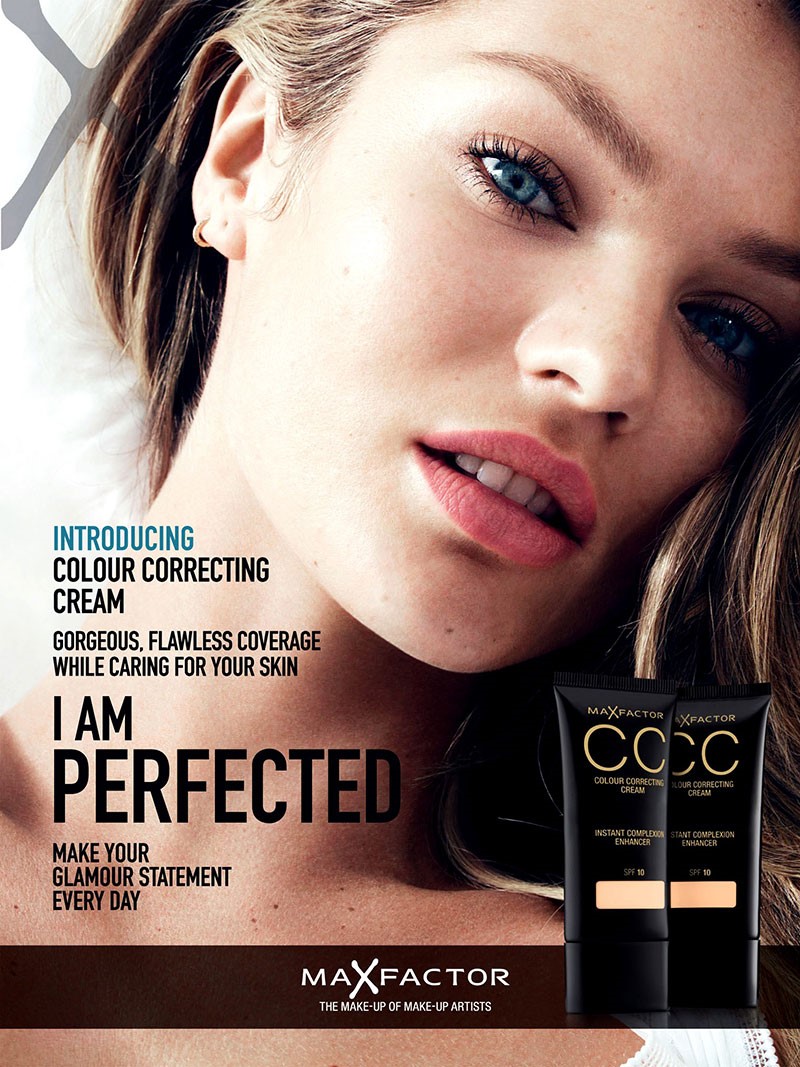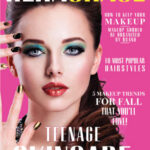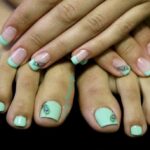Mastering Eye Makeup Pitfalls: The Untold Secret
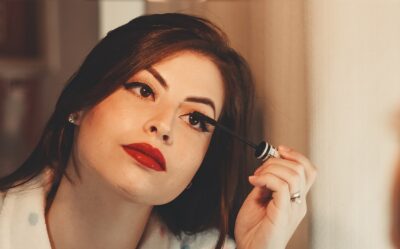
Photo Courtesy: Pexel
The application of your preferred cosmetics may be problematic. Do not be alarmed; we will show you how to remove and avoid eye-makeup mistakes in the future.
Makeup connoisseurs often have trouble with the hazards of putting on eye makeup. In reality, many women have been attempting to solve this issue for years with little success. Most people don’t know how to remove their makeup correctly, which results in them appearing like raccoons instead of attractive ladies. If you don’t want to get on their bandwagon, remember these pointers!
Putting eye makeup after applying face makeup
If you apply eyeshadow after concealer and foundation to your undereye region, eyeshadow particles are likely to get up there as well. If there isn’t enough powder in the under-eye area to collect errant particles, a nasty mess will result, difficult to clean up. After applying foundation and concealer, use a loose setting powder for baking your under-eye area.
Avoid using an eye primer with dark or harsh matte colours
Due to time constraints, many people forget to use an eyeshadow primer. These issues are usually minor, but if not addressed, they can become prominent. If you want a bright blue eyeshadow to show up on your skin, use a primer first. The risk of leaving exposed flesh in the wrinkles of your eyes when you look down or close them is high when you apply a dark matte colour without priming them. It’s an embarrassing situation. Using a primer prevents bleed-through into the crease.
Instead of translucent powder, use powder eyeshadow for eye-lid primer
Most people use a light or neutral powder eyeshadow to set a liquid or cream primer for a matte finish. You’ve also powdered your lids, which is a bad combination. The beige or nude powder will dull the depth and richness of a black or bright pink shadow. So, now what? So what? And it’s made of powder! This powder comprises pigment-free white particles that are meant to be absorbed rather than applied topically.
Eye shadowing the inner corners of the eyes with black
Applying eyeshadow is a skill that can be learned and improved upon. It depends on your aesthetic goals. If you want bigger and brighter eyes, apply black eyeshadow to the outer corners rather than the centre. Use a bright eyeshadow in the inner corners to draw attention to your eyes.
Applying a shimmer shadow all over the eyelids
Use a shimmer shadow as a base and sweep it over the lid. That’s it! Because it reflects so much light, no pigment you apply on top will reach its full saturation potential. Because of this, shadows over shimmer appear lifeless and dull. This may cause vision blur. To achieve the desired effect, add more shimmers or glitter to the previous layer.
Choosing creams and liquids over powders as your core ingredient
Start with creams since powder assists in their application. When you combine the powder with cream, the result is either cakey or the powder and cream mix and flake like eraser dust.
Apply eyeliner and mascara before eyeshadow
To create a smokey effect, layer eyeliner over eyeshadow. Clarification: We do not mean anything negative! Apply eyeliner after eyeshadow to make it stand out. Otherwise, the eyeshadow will thoroughly cover it. The same goes for mascara. Eyeshadow dust on lashes will appear ashy if not ‘mascaraed’ after application.
Up ’n’ close
If you’re just starting with eye makeup, these pointers can help you avoid the risks of doing it incorrectly. Putting on the incorrect eye makeup might be for various reasons, but if you want to get rid of the unsightly ring around your eyes, remember these tricks.

